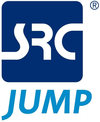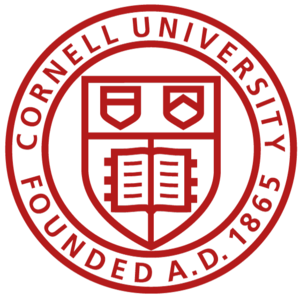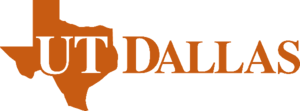Eva Bestelink, Olivier de Sagazan, Lea Motte, Max Bateson, Benedikt Schultes, S. Ravi P. Silva,
and Radu A. Sporea
Versatile Thin‐Film Transistor with Independent Control of Charge Injection and Transport
for Mixed Signal and Analog Computation
Adv. Intell. Syst.. (2020) pp.1-9, DOI:10.1002/aisy.202000199
Abstract: New materials and optimized fabrication techniques have led to steady evolution in large area electronics, yet significant advances come only with new approaches to fundamental device design. The multimodal thin-film transistor introduced here offers broad functionality resulting from separate control of charge injection and transport, essentially using distinct regions of the active material layer for two complementary device functions, and is material agnostic. The initial implementation uses mature processes to focus on the device’s fundamental benefits. A tenfold increase in switching speed, linear input–output dependence, and tolerance to process variations enable low-distortion amplifiers and signal converters with reduced complexity. Floating gate designs eliminate deleterious drain voltage coupling for superior analog memory or computing. This versatile device introduces major new opportunities for thin-film technologies, including compact circuits for integrated processing at the edge and energy-efficient analog computation.

Figure: Outcomes of separating control for injection and conduction shown via TCAD simulation. a) MMT transient response is much faster than conventional contact-controlled TFTs
b) A MMT with multiple, appropriately sized CG1 gates can function as a digital-to-analog converter (DAC) with CG2 providing an enabling, sampleand-hold (S/H) function.
Acknowledgements: E.B. and R.A.S. contributed equally to this work. This work was partly supported through EPSRC grants EP/R511791/1 and EP/R028559/1 and Research Fellowship 10216/110 from the Royal Academy of Engineering of Great Britain. Device fabrication had been performed on the NanoRennes platform. The authors thank Dr. Brice Le Borgne for initial liaison and process discussions, Prof. John M. Shannon for on-going advisory meetings, Prof. Craig Underwood for reviewing the manuscript, Dr. David Cox and Mr. Mateus Gallucci Masteghin for assistance with the SEM images.







